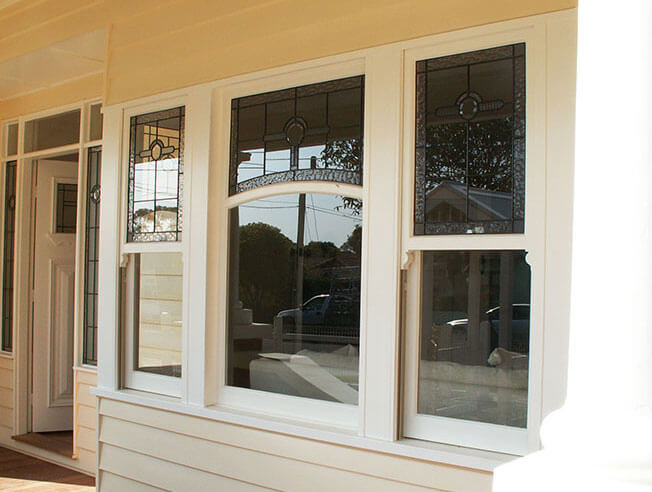All Categories
Featured
Table of Contents
Double Glazed Windows: A Complete Guide in Bull Creek Perth
Glazing simply indicates the windows in your house, consisting of both openable and set windows, as well as doors with glass and skylights. Glazing in fact just implies the glass part, however it is generally utilized to refer to all aspects of an assembly consisting of glass, movies, frames and furnishings. Focusing on all of these elements will assist you to accomplish effective passive style.

Energy-efficient glazing makes your home more comfy and considerably minimizes your energy expenses. However, unsuitable or badly developed glazing can be a significant source of undesirable heat gain in summertime and significant heat loss and condensation in winter season. Approximately 87% of a house's heating energy can be gained and approximately 40% lost through windows.
Benefits Of Replacing Double Glazing Windows In The Summer in Tapping Western Australia
Glazing is a significant investment in the quality of your house. The cost of glazing and the cost of heating and cooling your home are closely related. An initial financial investment in energy-efficient windows, skylights and doors can significantly decrease your yearly heating & cooling costs. Energy-efficient glazing also minimizes the peak heating and cooling load, which can lower the required size of an air-conditioning system by 30%, leading to further expense savings.

This tool compares window choices to a base level aluminium window with 3mm clear glass. Comprehending a few of the essential properties of glass will assist you to choose the finest glazing for your home. Key homes of glass Source: Adjusted from the Australian Window Association The amount of light that goes through the glazing is referred to as visible light transmittance (VLT) or visible transmittance (VT).
5 Benefits Of Double Glazing Windows in Trigg Western Australia
This may lead you to turn on lights, which will lead to higher energy expenses. Conduction is how easily a material performs heat. This is referred to as the U worth. The U worth for windows (expressed as Uw), explains the conduction of the whole window (glass and frame together). The lower the U worth, the greater a window's resistance to heat circulation and the much better its insulating value.
If your house has 70m2 of glazing with aluminium frames and clear glass with a U value of 6. 2W/m2 C, on a winter season's night when it is 15C colder outside compared to indoors, the heat loss through the windows would be: 6. 2 15 70 = 6510W That is equivalent to the total heat output of a large space gas heater or a 6.
Which Type Of Glass Is Best For Energy Efficiency? - A&l Windows in Boya Perth

If you choose a window with half the U worth (3. 1W/m2 C) (for instance, double glazing with an argon-filled gap and less-conductive frames), you can halve the heat loss: 3. 1 15 70 = 3255W The solar heat gain coefficient (SHGC) for windows (revealed as SHGCw) determines how readily heat from direct sunlight streams through an entire window (glass and frame together).
The lower a window's SHGC, the less solar heat it sends to your house interior. Glazing manufacturers state an SHGC for each window type and design. The real SHGC for windows is affected by the angle that solar radiation strikes the glass. This is called the angle of occurrence.
Plastic Window Frames - Best Plastic Double Glazed ... in Kallaroo Western Australia
When the sun is perpendicular (at 90) to the glass, it has an angle of occurrence of 0 and the window will experience the optimum possible solar heat gain. The SHGC stated by glazing producers is always calculated as having a 0 angle of occurrence. As the angle increases, more solar radiation is reflected, and less is transferred.
Latest Posts
Double Glazed Windows: A Complete Guide in Sorrento Western Australia
Faq in Wellard Western Australia
Will Triple Glazing Make My House Warmer? in Darling Downs Perth